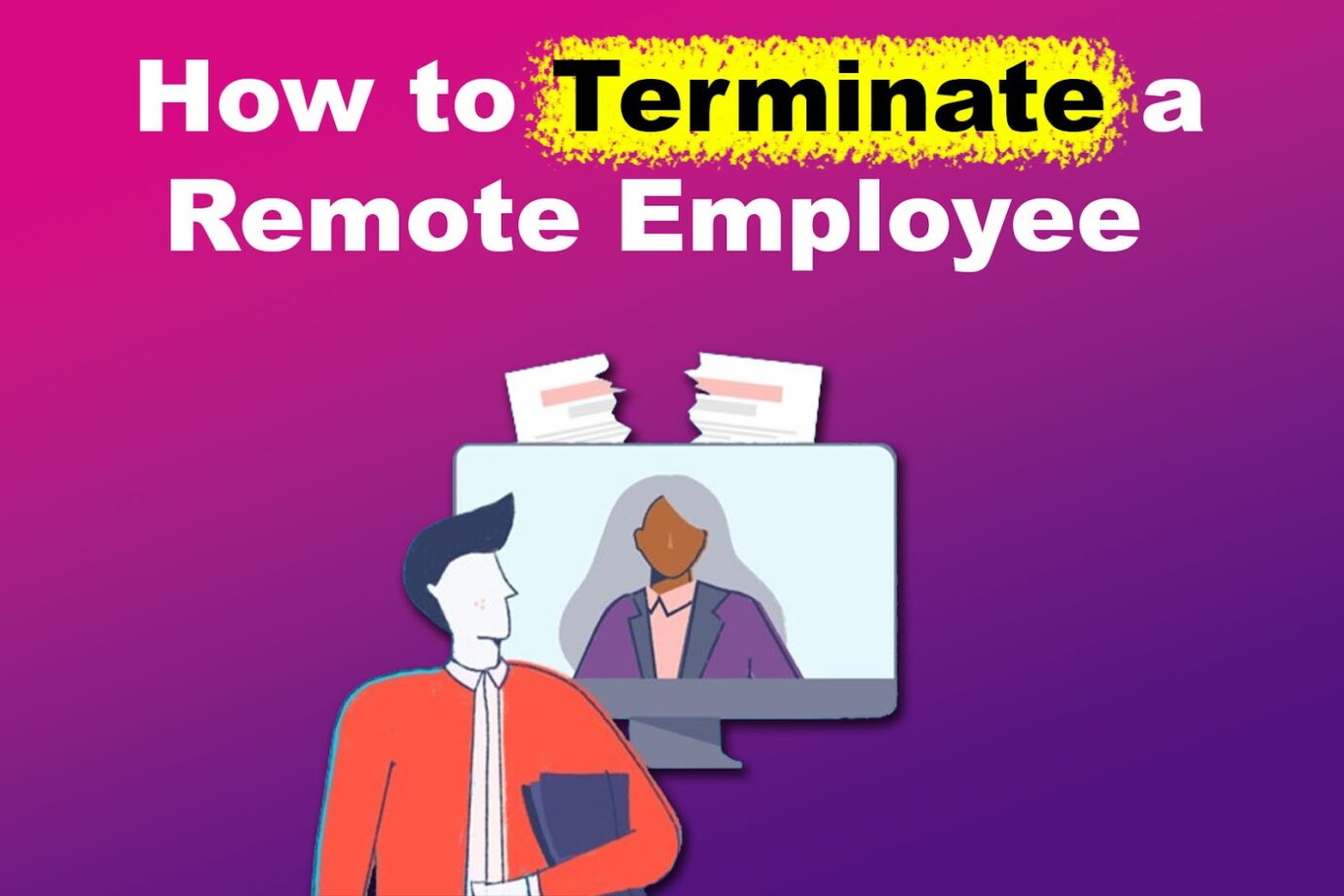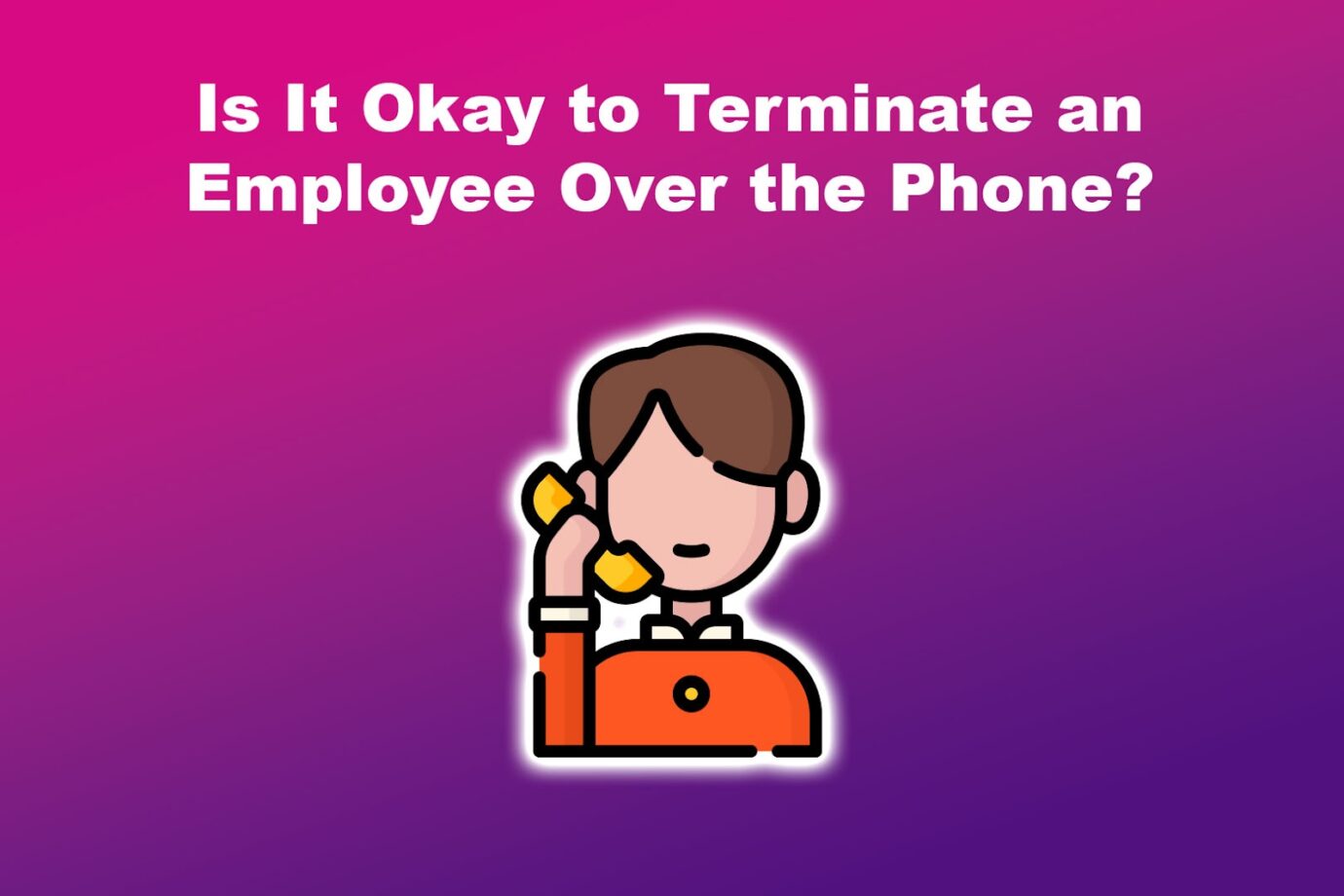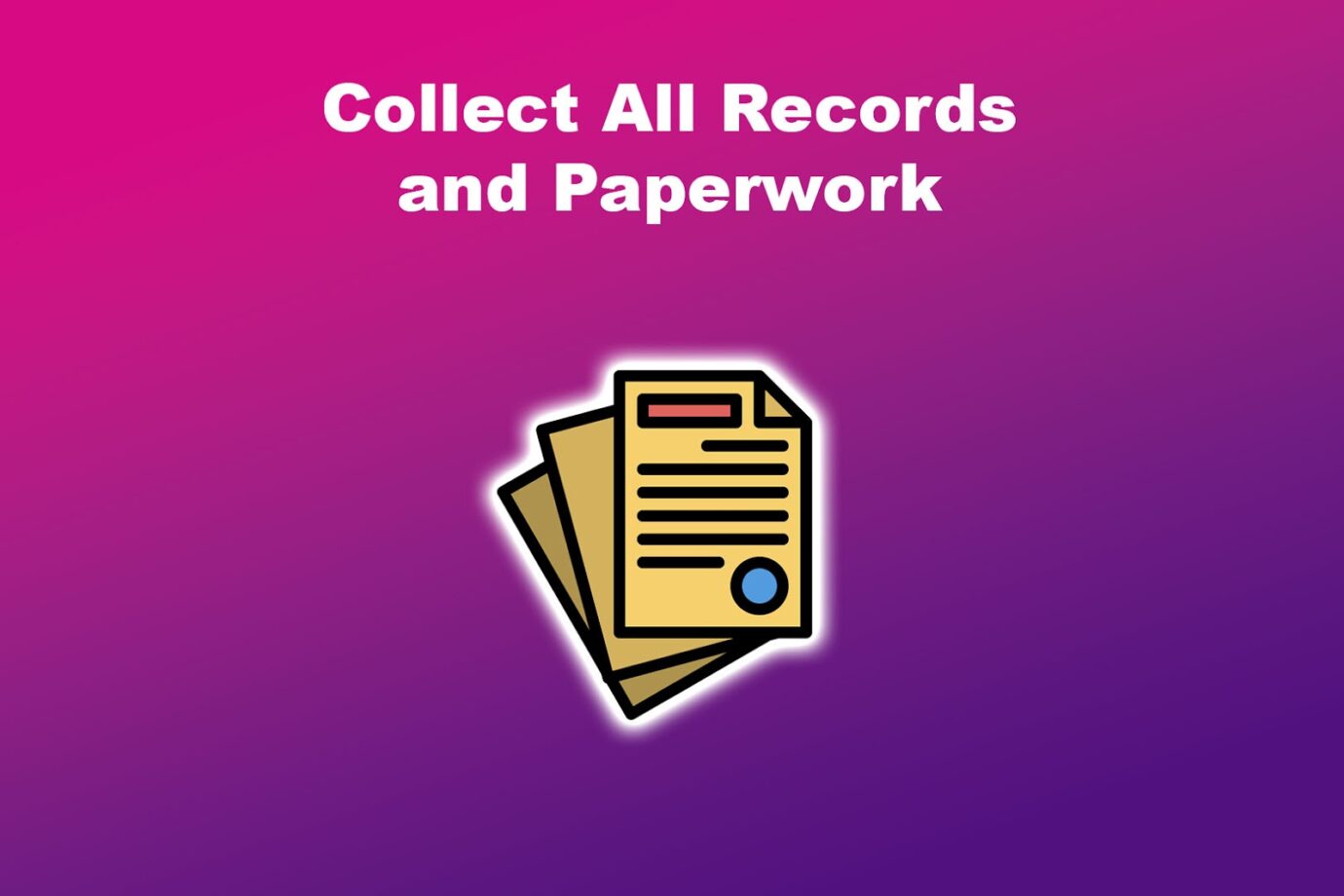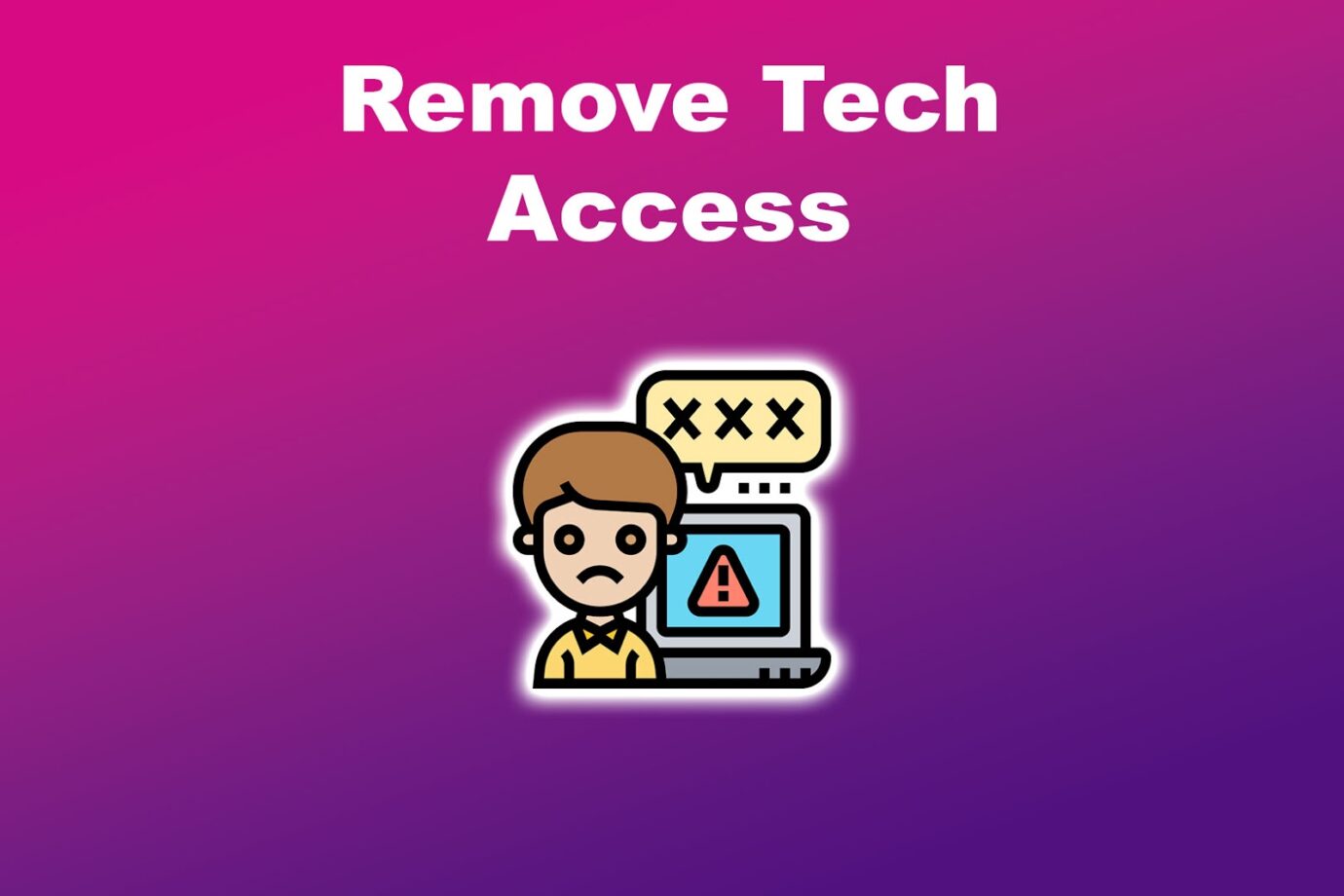Terminating an employee is a tough choice, especially with remote workers. Due to COVID-19, many companies now have remote work policies, requiring adjustments to termination processes.
Evaluating an employee’s work and behavior is challenging in a remote setting due to limited face-to-face interaction. Terminating a remote employee is necessary, but it can also be difficult for companies to maintain a positive work environment.
This article will explore the steps and factors of terminating a remote worker, giving you the necessary information to handle this situation well.

Is It Easier to Fire Remote Workers?
Yes, it is easier to fire remote workers. In many cases, remote workers are more vulnerable to job cuts. In companies with mostly on-site staff, remote workers are often seen as easier layoff targets.
In this LinkedIn article, it was reported by the Society for Human Resource Management that almost 70% of managers believed remote workers were easier to replace than on-site workers.
The visibility of remote employees’ work is a factor in their vulnerability to termination, and the strength of relationships formed through in-person interactions can impact decisions.
There may also be bias against remote workers, especially if decision-makers are closer to on-site employees. Employees who regularly come into the office are often perceived as more dedicated than remote workers.
Over time, the lack of physical presence can lead to exclusion from important projects and conversations, hindering professional growth. These factors can lead to remote worker’s termination. However, these issues are rare in organizations where remote work is prevalent.
What Are Some Reasons for Terminating Remote Employees?

Here are some reasons for terminating remote employees:
- Poor Performance.
Working remotely requires self-monitoring, so discipline is crucial to maintain productivity. Inefficiency can result in missed deadlines, decreased work quality, and dissatisfaction with performance.
Here are 7 Steps to Measure the Productivity of Remote Workers to help you measure the productivity of your remote team. - Misconduct.
This could involve participating in actions detrimental to the organization or fellow workers, like harassment and bias. It may also include violations of security procedures, improper use of company assets, or not following company standards on behavior, ethics, or policies. - Attendance and Availability Concerns.
While remote work offers flexibility, employees must remain present during designated work hours and attend meetings as needed. Consistent absence or unavailability during crucial moments may cause termination. - Downsizing or Restructuring.
Employees may be terminated due to organizational changes, such as downsizing, restructuring, or shifts in business priorities, rather than their performance.
According to the Los Angeles Times, Challenger, a company monitoring job cuts, identified almost 30,000 job cuts announced by American employers in September 2021. This is a 68% rise from the same month in the prior year, with tech companies notably seeing a surge in remote layoffs.
Is It Okay to Terminate an Employee Over the Phone?

Yes, it is okay to terminate an employee over the phone if they’re a remote worker. However, in a traditional work environment, dismissing employees over the phone is typically not well-received. If the remote worker works from a nearby location, meeting in person is still preferable.
If the employees are fully remote and primarily communicate through phone or screen, a phone or video call may be the better option.
In a traditional work setting, an employer can fire an employee over the phone if there is no specified termination method in the contract. Some states may require employers to provide written or in-person notice of termination.
Before terminating an employee over the phone, review your state’s labor laws and company policies, whether in a traditional or remote environment.
How to Terminate a Remote Employee
Here is a guide on how to fire remote workers the right way:
Step 1: Comply With State and Local Laws
Check local and state laws regarding termination if your remote worker is in a different city or state. Some states have exceptions to at-will employment. Consult the state’s website or contact the employment office to ensure legal termination.
States may not permit termination at will, require warning or severance pay, or require a Covenant of Good Faith for firing. Some termination cases are straightforward, while others can be complex.
The Covenant of Good Faith and Fair Dealing is an implied promise in contract law. It requires parties to be honest and fair in their interactions and to act in good faith with each other, especially in employment agreements where employers and employees are legally obligated to uphold these duties.
Step 2: Collect All Records and Paperwork

Gather all necessary records and documents before inviting your employee to a video conference. This includes performance reviews, disciplinary actions, and equipment/access records such as digital access information and company equipment, if applicable.
Be prepared with the reasons for termination and what the employee has access to so you can revoke their access promptly upon termination.
Step 3: Draft a Termination Letter
The termination letter must clearly state the employee’s termination and address any compensation or benefits. It should emphasize the finality of the decision.
This document is crucial because it confirms the end of the employment relationship and can impact legal proceedings.
Poorly written letters can harm the company’s reputation, so tailor the letter carefully based on the reason for termination. Avoiding specific reasons like absenteeism to prevent defensiveness from the employee.
Instead, keep the wording general. During the termination call, ensure that you go over the termination letter’s content.
Step 4: Set Up a Termination Call
Consider different time zones, as participants might be joining from different places. Include the terminated employee, HR, and the employee’s manager to streamline communication and address the concerns and questions of the affected employee.
A termination call can be over the phone or via video conferencing. Before the meeting, arrange the call with the employee and establish a date and time. You can prepare a script so everything will go smoothly on the day of the termination meeting.
Read this article about how to invite employees to a termination meeting virtually on LinkedIn.
Step 5: Have a Conversation
Remember that the conversation may be casual but must be taken seriously. Allocate plenty of time to avoid rushing the meeting.
Treating the meeting and the employee you’re terminating respectfully is extremely important, as you would with an in-person discussion. Stick to the script if you prepared one to keep everything on course.
Turning on video for both parties can help ensure the meeting ends well, allowing for better communication and understanding. Making this effort can help prevent misunderstandings and assumptions. Also, inform the employee that the termination letter will be sent following the meeting.
Step 6: Remove Tech Access

Coordinate with IT to disable the terminated employee’s access to internal networks and other essential IT functions. Block the employee’s online access to tools and remote work platforms and ensure the security of company systems and sensitive data.
Also, prepare to remove the person’s profile from your company’s website and sever all online connections with the individual.
Step 7: Inform the Team
All employees are essential to team dynamics and may have strong connections to their colleagues, even if they work remotely. Expect to have various reactions and emotions surfacing when a member leaves.
Be proactive in addressing these talks, which is essential for open communication. Share necessary information about the termination with other team members. Maintain a positive message to boost morale and provide reassurance.
Learn more about how to fire a remote employee in this article from Linkedin.
Why Is Having a Clear Termination Process Important?
Having a clear termination process is important for companies to ensure fair and consistent terminations and reduce legal complications. This is crucial for remote employees, as the lack of in-person communication can complicate remote terminations.
Having defined procedures also helps companies mitigate the risk of retaliation from employees and protect sensitive information and intellectual property. Following a well-defined termination process ensures legal compliance and keeps employees informed about performance concerns.
Best Practices for Terminating a Remote Employee
Here are some of the best practices for terminating a remote employee:
- Clear Communication.
Have transparent conversations with the employee regarding the reasons for termination, performance issues, and the factors influencing the decision. It is essential to be clear and straightforward and offer helpful feedback. - Timely and Safe.
When scheduling a termination meeting, follow privacy and confidentiality guidelines. Have all relevant paperwork ready beforehand, such as the termination letter, severance package information, and any legal obligations.
To learn more about the practices for terminating employees, check out this article on LinkedIn. - Compassion and Empathy.
Show empathy during these difficult conversations. Remember that remote workers may already be feeling isolated, and there’s a high chance that hearing about their termination can make them emotional. -
Maintain Respect and Professionalism.
Even if the discussion occurs via phone, always maintain respect and professionalism. Be courteous and kind to the employee, refraining from making offensive or demeaning remarks.
- Keep It Simple.
Avoid getting involved in a prolonged conversation or bargaining. Be straightforward and transparent regarding the reasons for termination. Refrain from softening the message or being indirect, as this can cause misunderstandings. - End on a Positive Note.
Express gratitude for their efforts and time. Offer best wishes for their future or suggest providing positive references. This simple gesture can significantly impact their perception of the termination and close the working relationship positively. - Issue Termination Paperwork.
Following the phone call, provide the employee with their termination paperwork to finalize the decision. This paperwork should contain the termination date, reason for termination, and any applicable severance package for the employee. - Provide Support.
Former employees may require assistance during the transition phase. Providing outplacement services, aiding in job search, and granting access to mental health resources can be beneficial. Additionally, ensure proper handling of benefits and final payment.
Read this article from LinkedIn to learn more about how to lay off someone remotely.
Parting Ways in Good Terms
Terminating a remote employee can be difficult, requiring professionalism, clear communication, and empathy to ensure a positive outcome for both the organization and the departing employee. It is essential to handle the process quickly and not prolong it, whether online or in person.
How employees are treated during the termination process can impact the organization’s reputation and future recruitment efforts, making it essential to approach terminations with care and professionalism.
